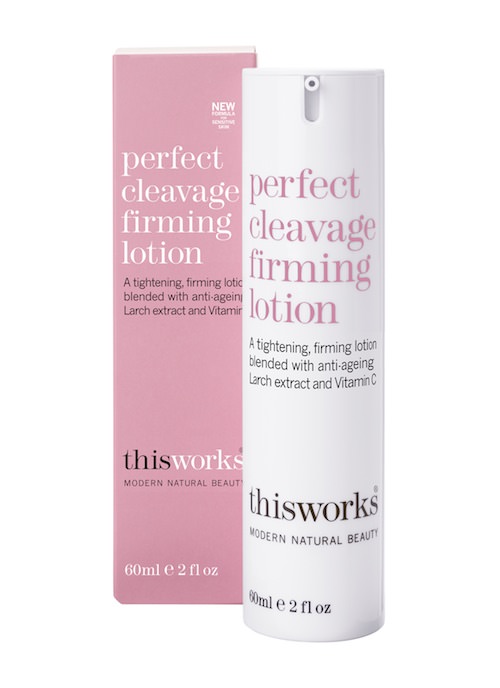Breast surgery and scars
Whatever type of breast surgery you are having, the motivation is usually to improve your looks, but of course any surgery will leave you with a scar, so it’s important to weigh that up as part of your decision.
Breast augmentation
Increasing the breast size with an implant is perhaps the most common of breast surgeries, but there are several different sites that the incision can be made and this will affect the resulting scarring. The surgeon can either insert the implant from under the breast, around the areola or through the armpit.
The choice of incision site is best discussed between you and your surgeon, but if you have a pronounced fold under your breast, then the incision can be neatly hidden in the crease. Here the incision will be about 4-5cm in length (slightly longer for silicone implants as they are pre-filled) and it will be just above the point where the breast meets the chest. The scar will usually be covered by a bikini, but may be visible when lying flat, particularly on smaller, tighter breasts.
If you have particularly large and dark areola, then this may be a better way to conceal your scar. A semi-circular incision is made around the lower part of the areola and the scar should blend in with the darker skin over time. Like the breast fold incision, this scar will be hidden by all clothing options, however if the scar is visible, it will be hard not to notice as it will be on the focal point of the breast. This method also carries risks of loss of nipple sensation and problems with breastfeeding.
If neither option is suitable, or you don’t want a scar on your breast itself, you can opt for an armpit incision. This is usually about 2-4cm in length and will blend in with the natural creases in your armpit over time. However, an incision which has scarred badly can show in a sleeveless, strapless or halterneck top, as well as swimwear and underwear. This incision is not suitable for large silicone implants. Finally, a navel incision offers the least scarring, but few surgeons perform this relatively new and complex procedure.
Breast reconstruction
This describes the procedure performed on women who have had a mastectomy, or large lumpectomy, as a result of breast cancer. Sometimes reconstruction can be performed at the same time as the mastectomy, which will help reduce the scarring, but often a two-stage approach is required. Incision scars are inevitable, but you may also have a scar from the tissue donation site if you have one (commonly the tummy, back, thighs or buttocks).
Breast reduction
A breast reduction can seem like a perfect solution to backache, neck pain and rashes associated with a large bosom, but it will leave permanent visible scarring. Although the scars should be covered by a bra or bikini, they will be noticeable when undressed. Commonly referred to as the anchor technique, there are three scars: one around the areola, one from the nipple to the crease under the breast and one along the crease below the breast. It is the vertical one from nipple down to the fold that is most noticeable and it will also be the most pronounced as it takes the most tension.
Breast lift
This procedure can combat the natural breast droop experienced over time and after pregnancy, as it effectively restructures the boob by removing pleats of excess skin and remodelling the shape. Like the breast augmentation, a breast lift can be performed in a number of ways. The vertical breast lift will leave a lollipop-shaped scar running around the re-sited nipple and down, which can be unsightly, although it should be covered by clothes. The Inverted-T lift will leave a scar similar to that of a breast reduction as it runs down from the nipple and under the breast fold. The areola lift can leave a neater scar around the areola, but can leave puckering around the nipple and the scarring can be unpredictable.
Breast implant revision
If you need to have your breast implants replaced, the surgeon can usually use the existing scar, thus saving any further disfigurement.
Fat transfer breast augmentation
A fat transfer breast augmentation essentially removes fat from unwanted areas (such as tummy, hips and thighs) and injects it into the breast to increase a cup size. As it is a 2-in-1 procedure, you will have to look after the liposuction site(s) as well as the implant sites on your new breasts. This procedure will not have the same results as a breast implant, but the scarring is minimal with just a few small injection wounds.
Scar treatment
If you look after your skin and the new scar as it forms, you can help minimise its visibility over time. Respect the time you are told to rest, keep your arms lowered and do not lift heavy objects – if you put unnecessary pressure on your body and skin before you have healed, you can stress the scar and make it worse. Keep hydrated and eat sensibly to ensure that your skin is fighting fit to repair itself. Massage and moisturise your skin regularly using a vitamin E cream or oil to help reduce the appearance of scars and stimulate natural skin regeneration. Scars can take 18-24 months to settle down, so continue looking after your scars for the first one to two years.
Latest Cream Review
Browse Categories
Most popular
Dr. Organic Moroccan Argan Oil Breast Firming Cream Review
Dr. Ceuticals Bust Boost Review
UK beaches uncovered: The topless top five
Palmer’s Cocoa Butter Bust Cream Review
The politics of breasts: Know your rights
Strapless, backless or plunging – bra solutions for every dress dilemma
Nutrition and lifestyle for breast cancer prevention


